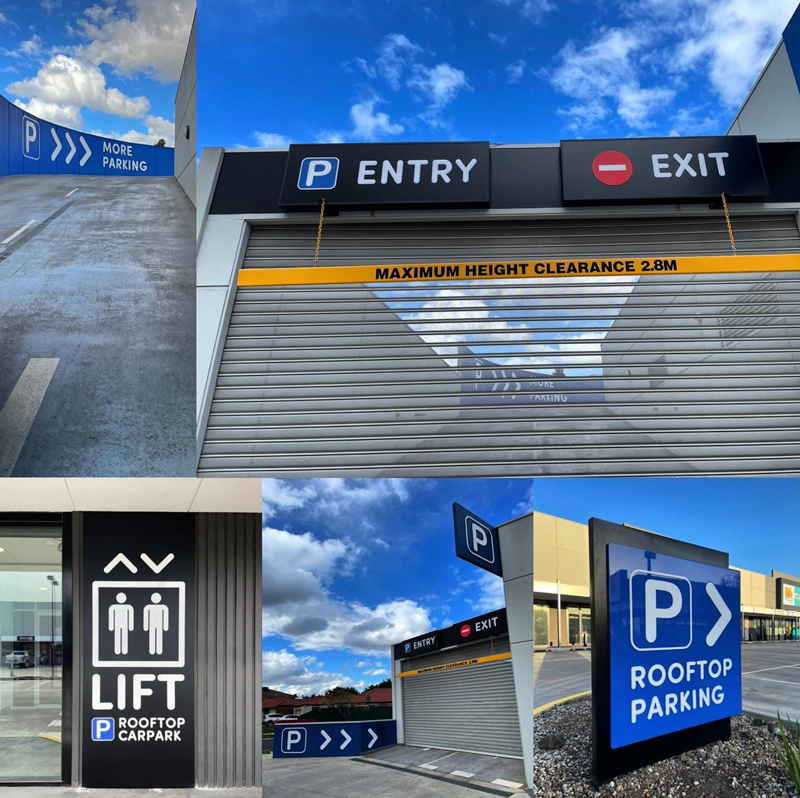Statutory signage plays a critical role in ensuring public safety, compliance with legal requirements, and smooth organizational operations. Whether it’s a hospital, a factory, or a public park, effective signage helps people navigate spaces, understand regulations, and take appropriate actions during emergencies. Here, we delve into expert advice on the essential aspects of statutory signage, including its types, design principles, placement, and maintenance.

Types of Statutory Signage
-
Health and Safety Signs
Health and safety signs are crucial for indicating potential hazards and necessary precautions. These include warning signs, mandatory instructions, and prohibition notices. Common examples are “No Smoking,” “Fire Exit,” and “Wear Protective Equipment.”
-
Emergency Signage
Emergency signs guide individuals during urgent situations, such as evacuations. These signs include fire exit routes, first aid points, and emergency contact information. Clear, well-lit emergency signage is vital in reducing panic and ensuring a swift and orderly evacuation.
-
Traffic and Road Signs
Traffic signs regulate vehicle and pedestrian movement, ensuring road safety. These include stop signs, speed limits, pedestrian crossings, and directional arrows. Consistent and standardized traffic signage helps prevent accidents and improves traffic flow.
-
Regulatory Signs
Regulatory signs inform individuals about laws and regulations specific to a location. Examples include parking restrictions, building access rules, and environmental regulations. Compliance with these signs is mandatory, and failure to adhere can result in penalties.
-
Informational Signs
Informational signs provide general information or instructions. These can include facility maps, operational hours, and general directions within a building or area. Informational signage enhances user experience by making navigation intuitive and stress-free.

Design Principles for Effective Statutory Signage
-
Clarity and Simplicity
Effective signage must communicate messages quickly and clearly. Use simple language, universally understood symbols, and high-contrast colors to ensure readability from a distance. Avoid cluttering signs with too much information.
-
Visibility
Ensure that signs are visible in all lighting conditions. This can be achieved through proper illumination, reflective materials, and choosing the right size and placement. For emergency signage, consider using photoluminescent materials that glow in the dark.
-
Consistency
Maintain consistency in design across all signage to avoid confusion. This includes using the same fonts, colors, and symbols. Consistent signage creates a cohesive visual language that is easier for people to understand and follow.
-
Durability
Select materials that withstand environmental factors such as weather, vandalism, and wear and tear. Durable materials like metal, treated wood, and high-quality plastics ensure longevity and reduce the need for frequent replacements.
Placement Strategies
-
Height and Angle
Position signs at a height and angle that maximizes visibility. For most signs, this means placing them at eye level. However, for larger areas, signs may need to be elevated or angled for better line-of-sight from various distances and perspectives.
-
Strategic Locations
Place signs at key decision points where individuals need guidance. For instance, emergency exits should be clearly marked at all possible egress points, and health and safety signs should be located near the hazards they pertain to.
-
Frequency
Ensure that signs are frequent enough to be seen but not so frequent that they become ignored. For long corridors or large open areas, repeated signage can reassure and guide individuals effectively.
Maintenance and Compliance
-
Regular Inspections
Conduct regular inspections to ensure that all signs are in good condition, visible, and legible. Replace or repair any damaged or worn signs promptly.
-
Compliance Audits
Regularly audit signage to ensure compliance with current laws and regulations. This includes staying updated with changes in legal requirements and making necessary updates to signage.
-
Training and Awareness
Educate staff and visitors about the importance of statutory signage and how to respond to the information provided. Regular drills and training sessions can reinforce the role of signage in safety and compliance.
Conclusion
Effective statutory signage is more than just a legal requirement; it is a critical component of safety and operational efficiency. By understanding the types of signage, adhering to design principles, strategically placing signs, and maintaining them regularly, organizations can create environments that are safe, compliant, and user-friendly. For any organization, investing in high-quality statutory signage is an investment in safety and order.



